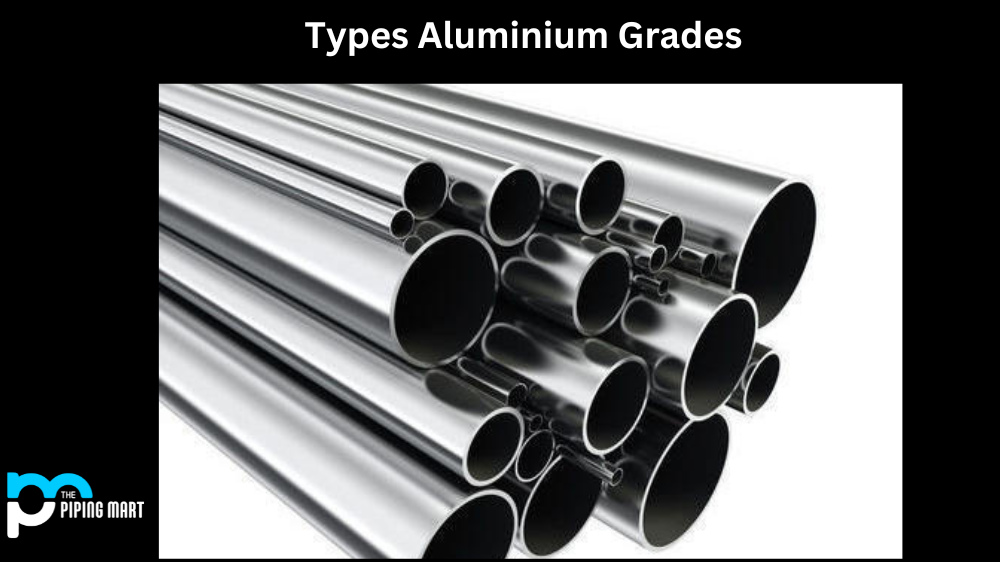Regarding metal parts, brass, and stainless steel are two of the most popular options. But which one is better? Well, that depends on a variety of factors, including cost. In this blog post, we’ll look at the cost differences between brass and stainless steel so you can make an informed decision when choosing metals for your next project.
Price Comparison Between Brass and Stainless Steel
When comparing brass and stainless steel costs, there are a few things to keep in mind:
- The cost of raw materials varies from supplier to supplier.
- The cost of machining or fabricating a part also varies depending on the machine or process used.
- The size and complexity of the part affect how much it will cost to produce.
These factors can help you determine which metal is more affordable for your project.
In terms of raw materials, stainless steel tends to be more expensive than brass. This is because stainless steel is an alloy containing chromium and other metals that add strength and durability and increase its price tag. Brass is cheaper because it contains copper as its main component; copper prices are lower than those for chrome or nickel when buying in bulk quantities. However, if you need a strong material that can stand up to wear and tear over time, stainless steel may still be the best option despite its higher price tag due to its superior strength and durability compared with brass.
When it comes to machining costs, brass and stainless steel have unique challenges that must be considered when determining which metal is more economical for your project. Brass has a soft texture, making it easy to work with but more prone to wear and tear than harder metals like stainless steel; machines must work slower when cutting or drilling parts made from brass to avoid damage or breakage caused by friction between tools and material surfaces. On the other hand, working with stainless steel requires special tools that can handle its hardness without wearing down quickly; this increases the cost of machining since these tools are usually more expensive than those used for softer materials like brass or aluminum.
Conclusion:
whether you choose brass or stainless steel for your next project will depend on various factors, such as raw material prices and machining costs, as well as the size/complexity of the part being produced. Both metals have their unique strengths that should be taken into account when making your decision; if you need a strong material, then stainless steel may be worth considering despite its higher price tag, while if you need something less expensive, then brass may be your best bet due to its lower price point relative to other metals like chrome or nickel alloys found in stainless steel compositions. Ultimately, doing your research beforehand will help you make an informed decision when selecting materials for your next project!
Sakshee is a talented blogger, with a particular focus on the Business and Metal Industry. She is passionate about sharing her insights on various metal products and helping professionals to make a better decisions.




